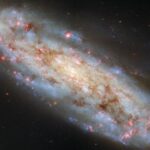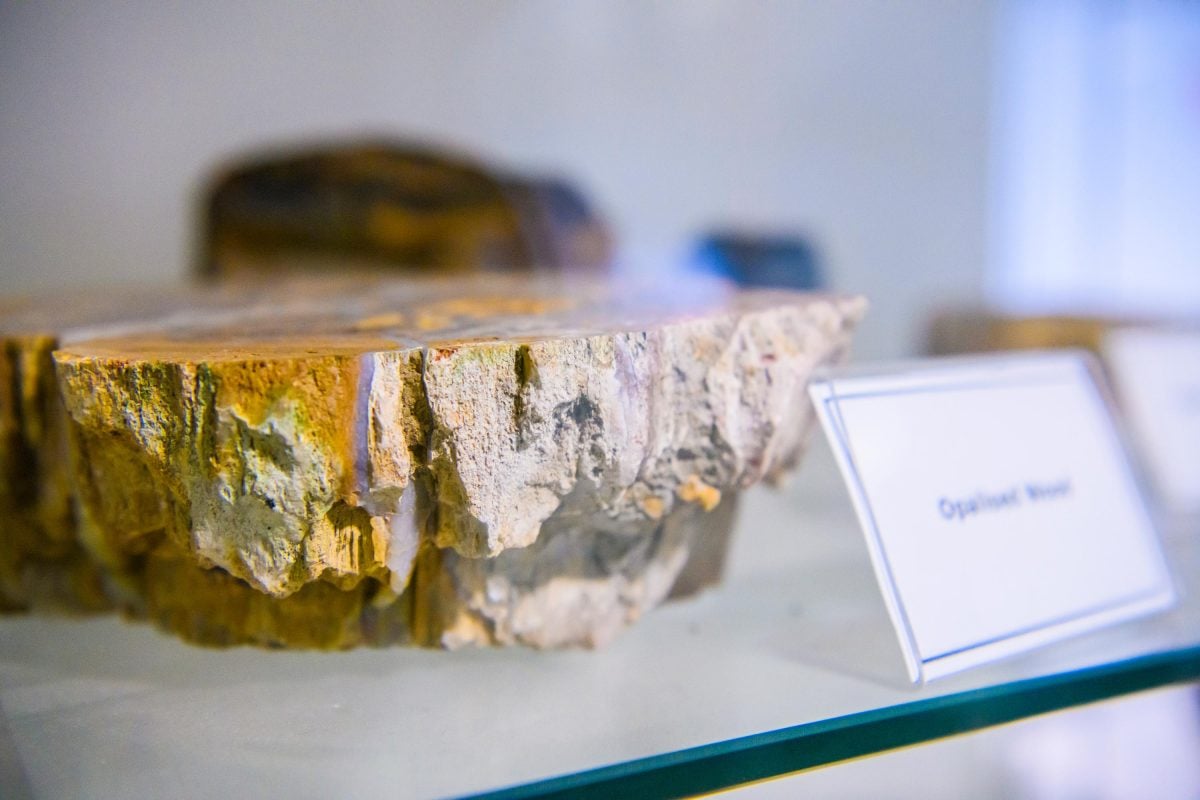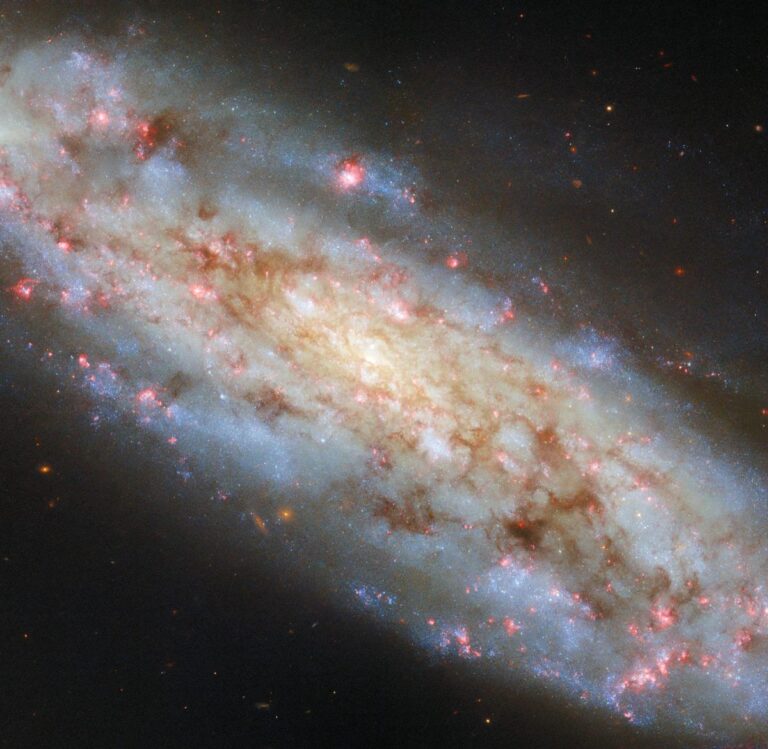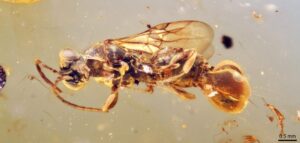When we think of the Earth’s early days, a boiling, volatile, and rapidly evolving planet comes to mind. One of the most fascinating developments in our planet’s ancient history is the formation of the Earth’s first crust. Surprisingly, new research suggests that Earth’s first crust was continental in nature – long before modern plate tectonics began shaping the face of our world.
This revelation has changed the way scientists understand the origins of continents, the behavior of early Earth’s geology, and how life-supporting conditions might have emerged.
What is Earth’s Crust?
Earth’s crust is the outermost layer of our planet. It is relatively thin compared to the inner layers, but it plays a crucial role in shaping the surface. There are two main types of crust:
Oceanic Crust: Dense and thin, mostly basaltic in composition, and forms the ocean floors.
Continental Crust: Less dense but thicker, rich in silica and granitic rocks, forming the continents.
The Traditional View of Early Earth
For decades, geologists believed that Earth’s first crust was oceanic, composed mainly of dense basaltic rocks. Over time, it was thought that continental crust gradually formed through complex geological processes like plate tectonics, subduction, and volcanic activity.
The theory of plate tectonics, which involves the movement of large lithospheric plates, has been the cornerstone of modern geology. These plates collide, slide, and diverge, leading to the formation of mountains, trenches, earthquakes, and volcanic arcs. However, this process is believed to have started around 3 billion years ago, well after Earth’s formation about 4.5 billion years ago.
So what existed before plate tectonics began?
New Evidence: Earth’s First Crust Was Continental
Recent geological studies, particularly those analyzing the oldest rocks on Earth – such as the Acasta Gneiss in Canada and zircon minerals from Western Australia – have turned the old assumptions on their head. These rocks are more than 4 billion years old, and their chemical composition reveals something unexpected:
They resemble continental crust, not oceanic crust.
Key Findings:
Zircon crystals from Jack Hills in Western Australia date back to 4.3 billion years ago and show characteristics typical of granitic (continental) rocks.
These ancient rocks formed in relatively low-pressure, high-temperature environments, suggesting shallow crustal formation.
There is little evidence of plate tectonic movement from that time, indicating that continents existed before plates began to move.
Implications of a Continental First Crust
The idea that Earth’s first crust was continental carries major implications:
1. Rewriting Earth’s Geological History
It challenges long-held beliefs that oceanic crust came first. If early Earth had continents already, it changes our understanding of early mantle differentiation, heat flow, and crust formation.
2. Impacts on Plate Tectonics Theory
It suggests that continents might have existed without plate movement, indicating a stagnant-lid tectonic regime, where the crust doesn’t recycle through subduction but remains mostly in place.
3. Early Habitability
Continental crust influences climate regulation, nutrient cycles, and water distribution. Its early presence could mean that conditions suitable for life may have developed much earlier than previously believed.
4. Clues to Other Planets
Understanding how continental crust formed without plate tectonics can guide our search for Earth-like planets and life beyond Earth, especially if they lack tectonic activity.
How Did the First Continental Crust Form?
The formation of early continental crust likely involved:
Partial melting of the mantle
Accumulation of silica-rich magma
Limited recycling due to absence of tectonic movement
Stable cratons (ancient, unaltered parts of continental crust) that resisted erosion and remained intact
These processes created buoyant landmasses that floated above the denser mantle, forming Earth’s first continents.
Continental Crust vs Oceanic Crust – What Makes it Unique?
The stability of continental crust has preserved parts of Earth’s oldest history, acting as a time capsule for scientists.
What Lies Ahead in Research?
As science and technology evolve, new techniques such as isotopic analysis, 3D seismic imaging, and AI modeling are helping geologists dive deeper into Earth’s early crust formation.
More research is needed to:
Understand how widespread early continents were
Determine the timeline of crustal evolution
Explore whether early continental crust played a role in origin of life
Conclusion
The discovery that Earth’s first crust was continental — formed long before the onset of plate tectonics — is a profound shift in our understanding of planetary evolution. It suggests that stable landmasses existed on Earth over 4 billion years ago, potentially shaping the early atmosphere, oceans, and even the emergence of life.
As more ancient rocks are studied, we may uncover further secrets about our planet’s mysterious beginnings. This groundbreaking perspective not only rewrites our geology books but also expands the horizon of planetary science and astrobiology.

















+ There are no comments
Add yours